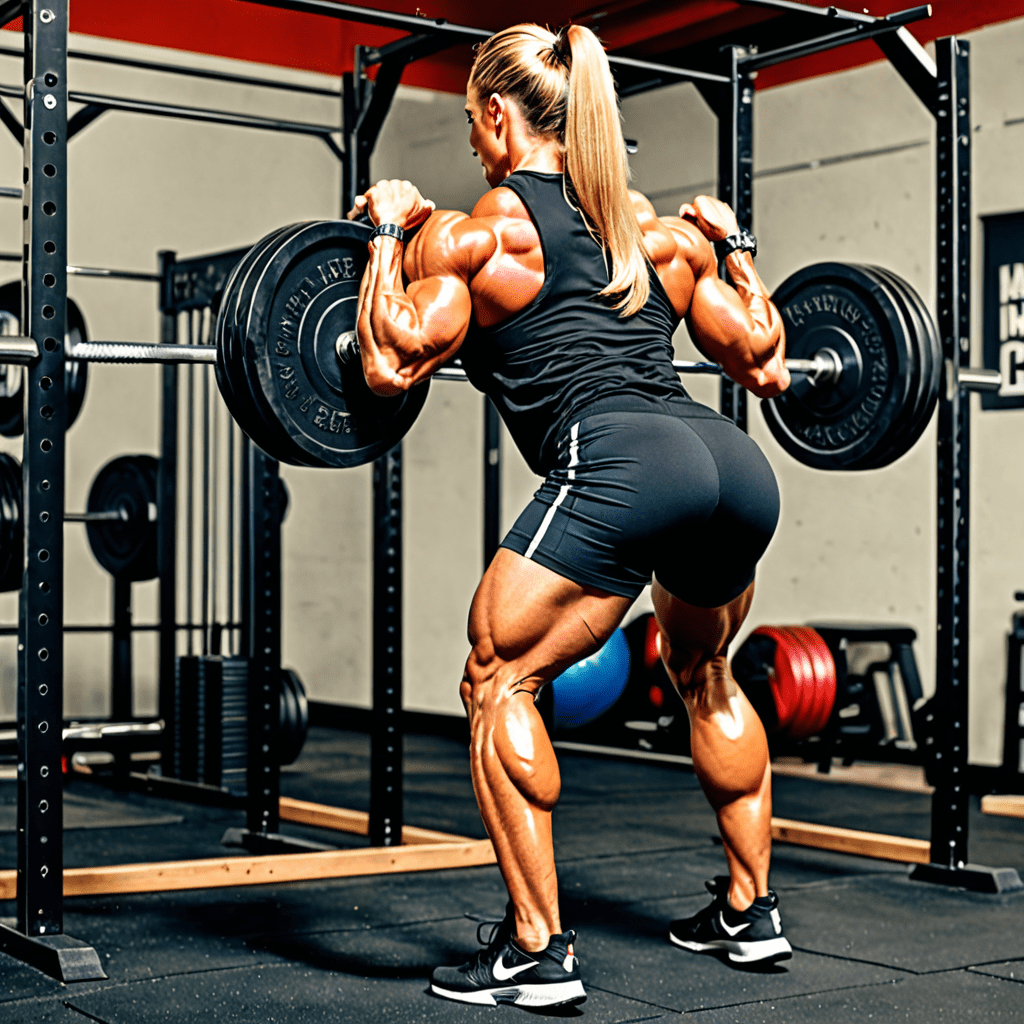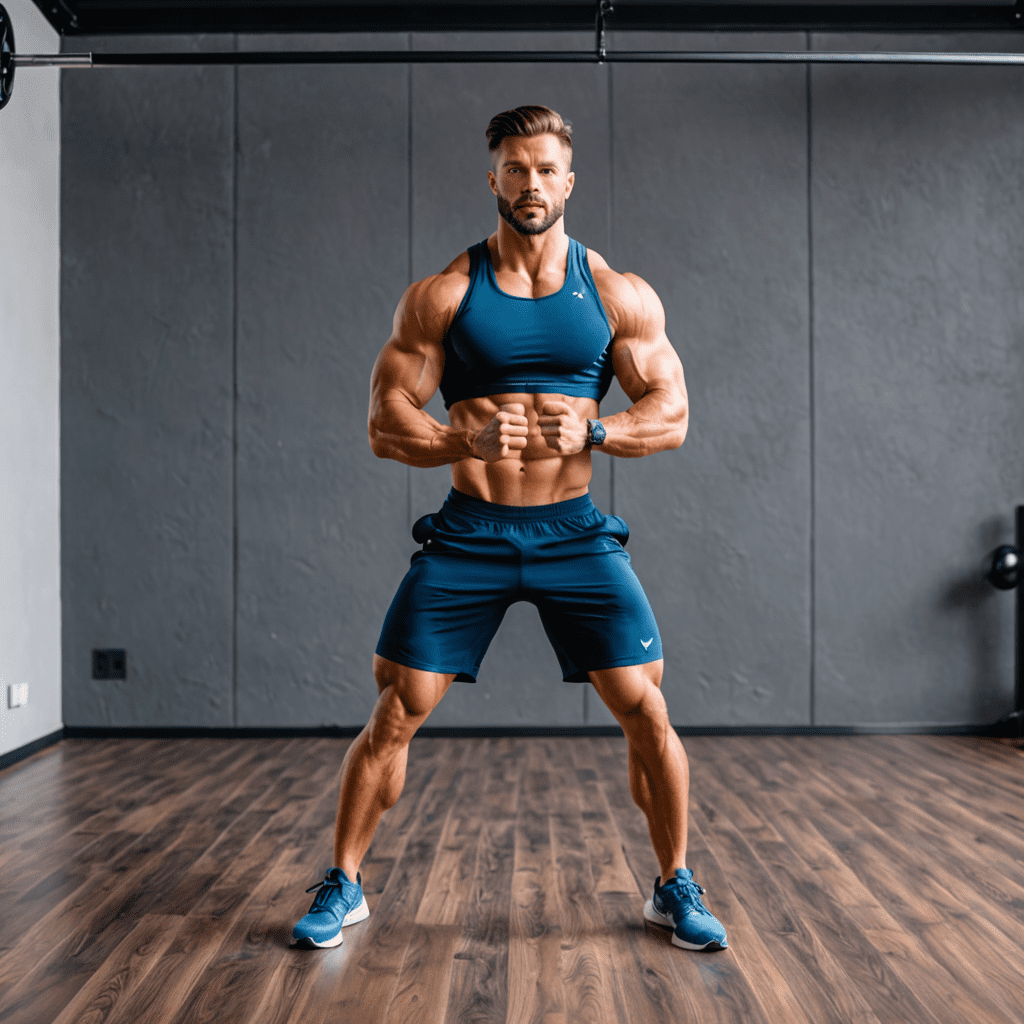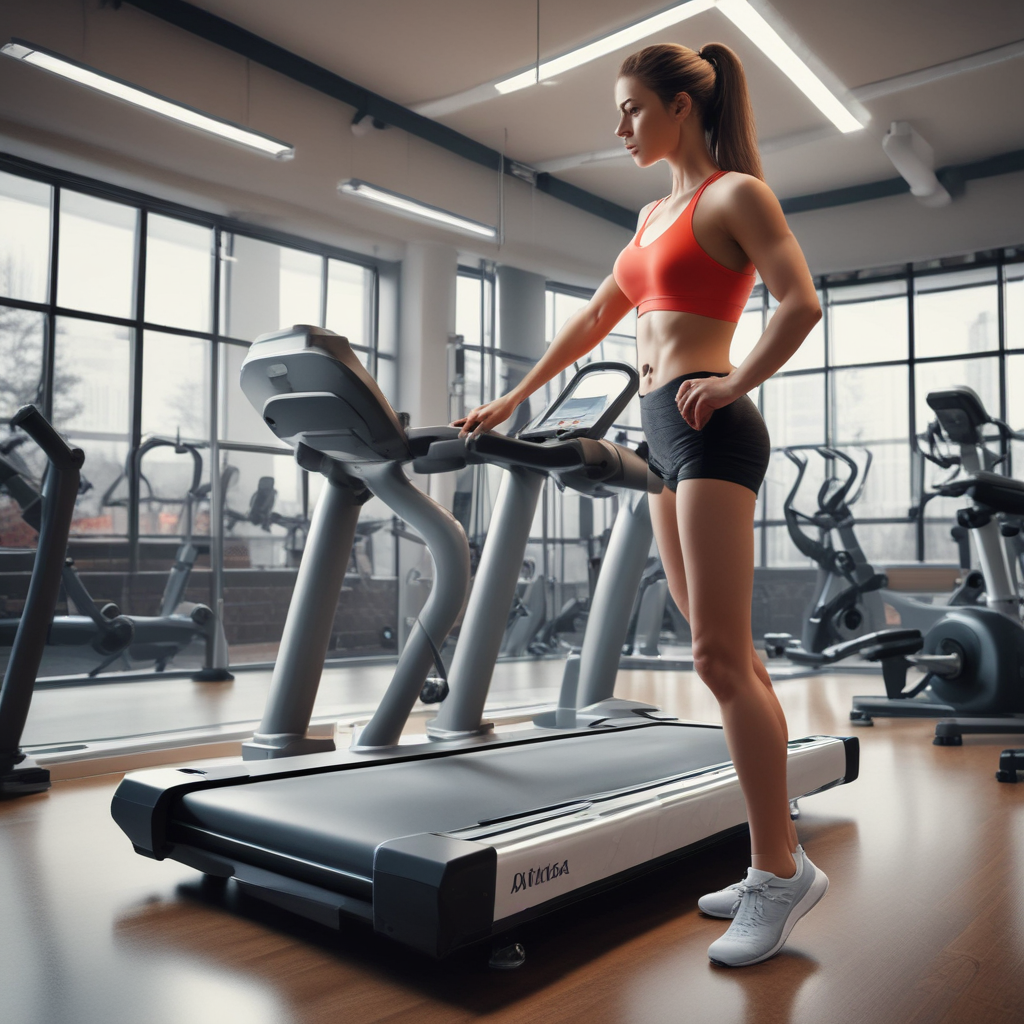
Squats Causing Back Pain: Understanding the Bar’s Impact
Squats are a renowned compound exercise that can enhance lower body strength and muscle development. However, many individuals experience discomfort and back pain when executing this fundamental movement. One common source of discomfort is the positioning of the bar during squats. Understanding why the bar hurts your back is crucial to addressing and overcoming this issue.
The Role of Bar Placement
The placement of the bar during squats can significantly impact your comfort and performance. If the bar sits too high or low on the back, it can exert uneven pressure and cause strain, leading to discomfort or pain. This misalignment can also affect your form and balance, compromising the effectiveness of the exercise.
Causes of Discomfort
Several factors can contribute to the discomfort experienced when the bar is placed incorrectly during squats, including:
– Incorrect bar positioning: Placing the bar too high on the neck or too low on the spine can lead to undue strain on the back muscles and spine.
– Lack of flexibility: Limited shoulder or thoracic spine mobility can make it challenging to achieve proper bar placement, leading to discomfort.
– Poor form: Inadequate squatting technique, such as leaning forward excessively, can exacerbate the pressure on the back when combined with incorrect bar placement.
Identifying the Ideal Bar Position
To alleviate back discomfort during squats, it is essential to determine the proper bar position for your body type and mobility. The high bar position rests on the upper trapezius muscles, while the low bar position sits on the rear deltoids and upper back. Experimenting with these placements and seeking guidance from a fitness professional can help you identify the most suitable option.
Addressing Flexibility and Mobility
Improving flexibility and mobility in the shoulders, thoracic spine, and hips can significantly impact your ability to maintain proper bar placement during squats. Incorporating stretches and mobility exercises targeted at these areas can enhance your ability to execute squats comfortably and with correct form.
Frequently Asked Questions
Q: Can using a squat pad help alleviate back discomfort?
A: While some individuals find relief from using squat pads to cushion the bar, it is essential to address the root cause of the discomfort rather than relying solely on external padding. Correcting bar placement and enhancing flexibility should be prioritized to ensure long-term comfort and performance during squats.
With a clear understanding of the impact of bar placement during squats, individuals can make informed adjustments to enhance comfort, mitigate back pain, and optimize the effectiveness of this essential exercise.


